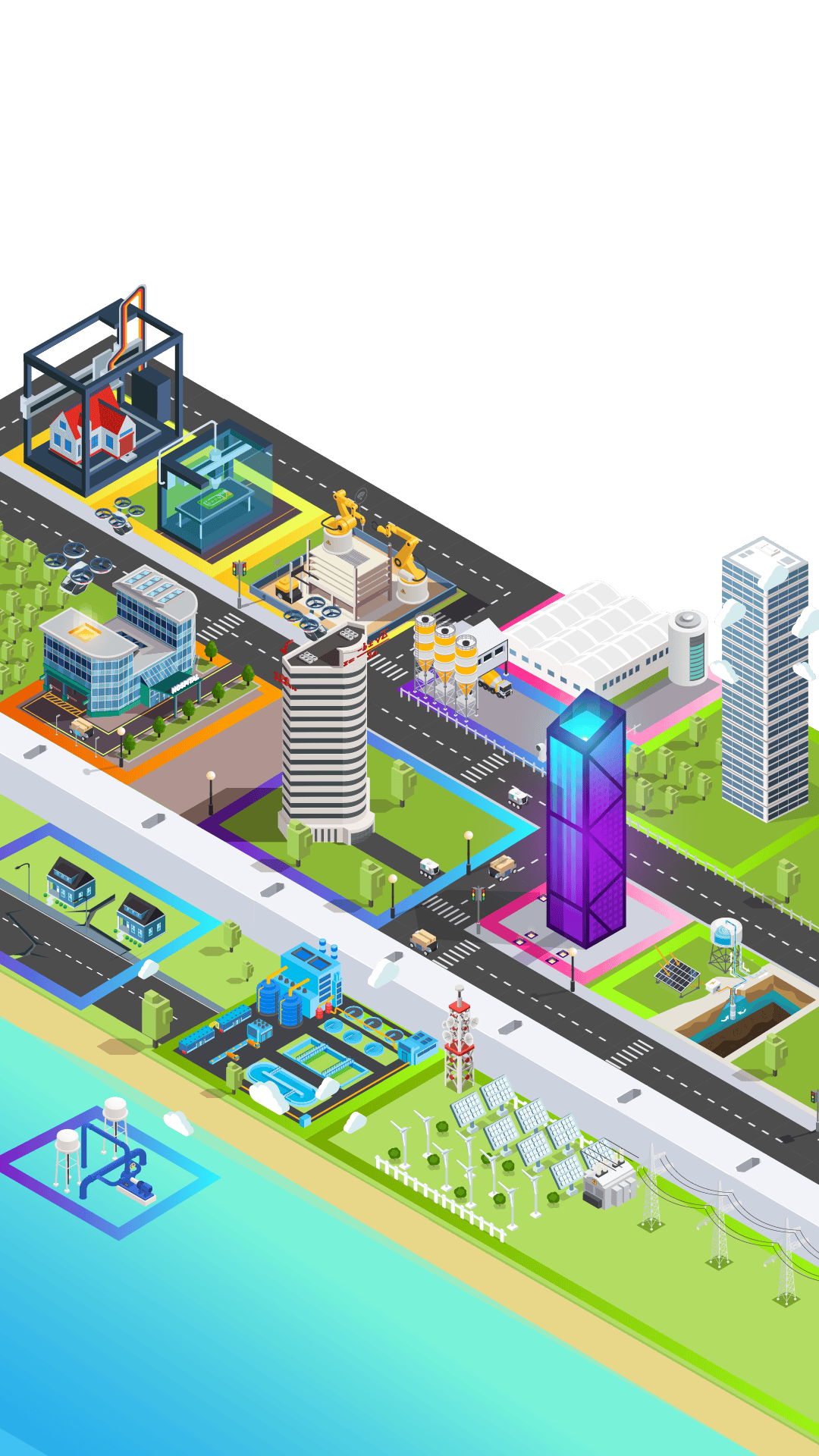
Early tsunami warning
Patrick Lynett uses computational
models to predict, respond to and
reduce the impact from extreme
natural events on the world’s
coastal regions.
Intelligent buildings
Burcin Becerik-Gerber leverages the
power of computing and A.I. to
improve human-building interactions
by increasing occupant comfort,
productivity, and health.
Resilient and efficient energy systems
Kelly Sanders eases tensions between human
and natural systems, using computational
modeling to quantify the environmental
impacts of electricity generation.
Structural health monitoring
Audrey Olivier combines physics-based
models and probabilistic data analytics
to monitor a structure's behavior,
detecting damage at its onset.
New materials and structures
Qiming Wang uses bioinspired
manufacturing and mechanics to develop
unprecedented materials and structures
that address grand engineering challenges
in infrastructure, environment, energy,
robotics, and healthcare.
Smart construction sites
Lucio Soibelman and Burcin
Becerik-Gerber conduct pivotal research
applying emerging information and
communication technologies, Big Data,
smart buildings, smart infrastructure, and
A.I. to transform the way humans build.
Seismic modeling
Chukwuebuka Nweke combines statistical
analysis, machine learning, and database
management to solve problems in
geotechnical engineering, earthquake
engineering, seismology, and geomorphology
Modeling uncertainty in complex systems
Roger Ghanem develops probabilistic and computational
methods for risk mitigation and design optimization. He
specializes in material and structural systems with
multi-components, multi-physics, and multi-scale
behavior, systems in harsh radioactive or hypersonic
environments, and tipping points for complex systems.
3D printed buildings
Berok Khoshnevis has invented a new
method of 3D printing structures called
Contour Crafting and is revolutionizing
the field of automated construction,
computer-animated fabrication, and
robotics.
Smart groundwater systems
Felipe De Barros develops integrated models
for simulating and predicting large scale
hydrogeological systems that capture
uncertainties to create computationally
efficient and accurate predictions of our
underground water systems.
High performance concrete and novel materials
Bora Gencturk uses high-fidelity
computer models and mathematical
theories to understand the
performance of self-healing and
high-performance materials and to
improve the durability and resilience
of reinforced concrete structures
during extreme events
Smart and sustainable water management
Amy Childress applies data analytics to
improve desalination, water treatment,
and wastewater reclamation. Adam Smith
evaluates emerging environmental
biotech to make water infrastructure more
sustainable. Daniel McCurry applies
environmental organic chemistry and
analytical chemistry to improve our
engineered water sources.
Smart transportation and autonomous vehicles
Ketan Savla uses a variety of systems tools to characterize
fundamental limits on efficiency and resilience of large-scale
societal systems due to physical, behavioral and social
constraints. He leverages technological and algorithmic
advancements to overcome these limitations in civil
infrastructure and autonomous systems.
Air pollution control
Constantinos Sioutas develops
technologies for measuring the
physico-chemical characteristics of air
pollutants applying novel computational
methods for determining the toxic
properties of matriculate matter (PM).
